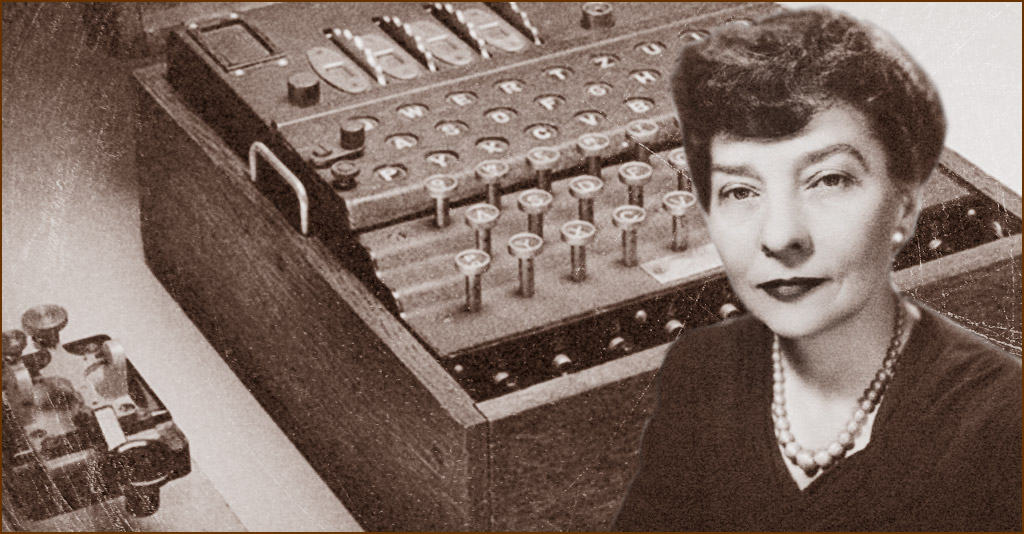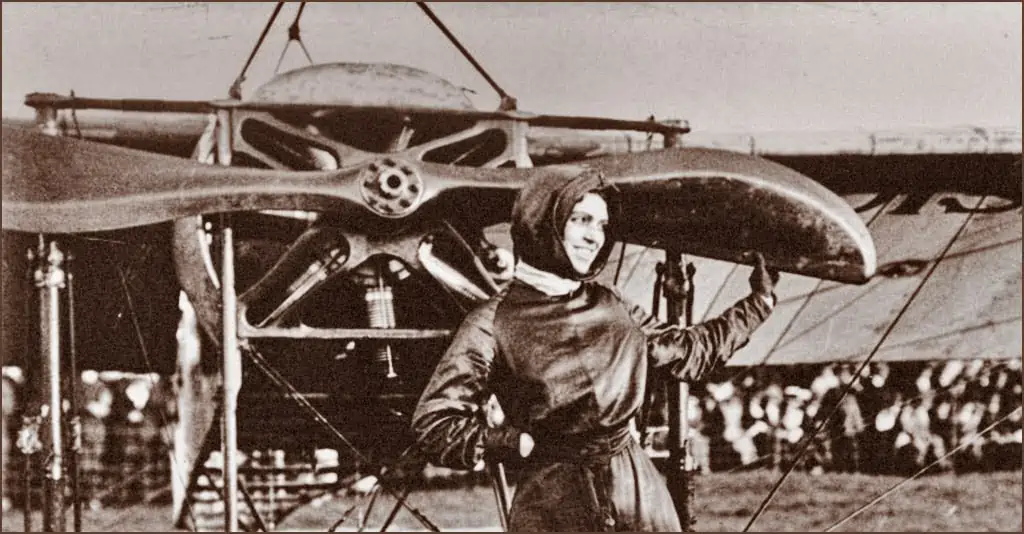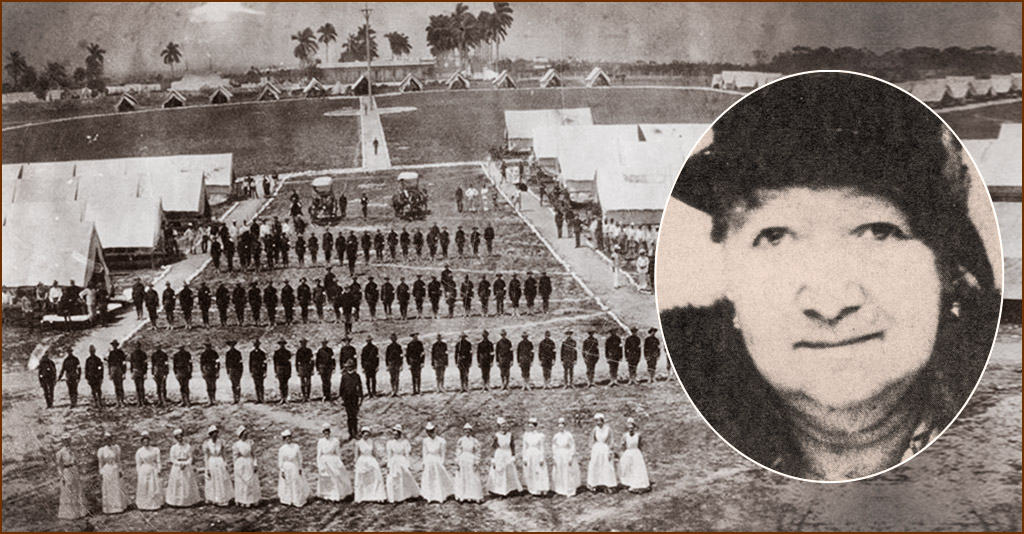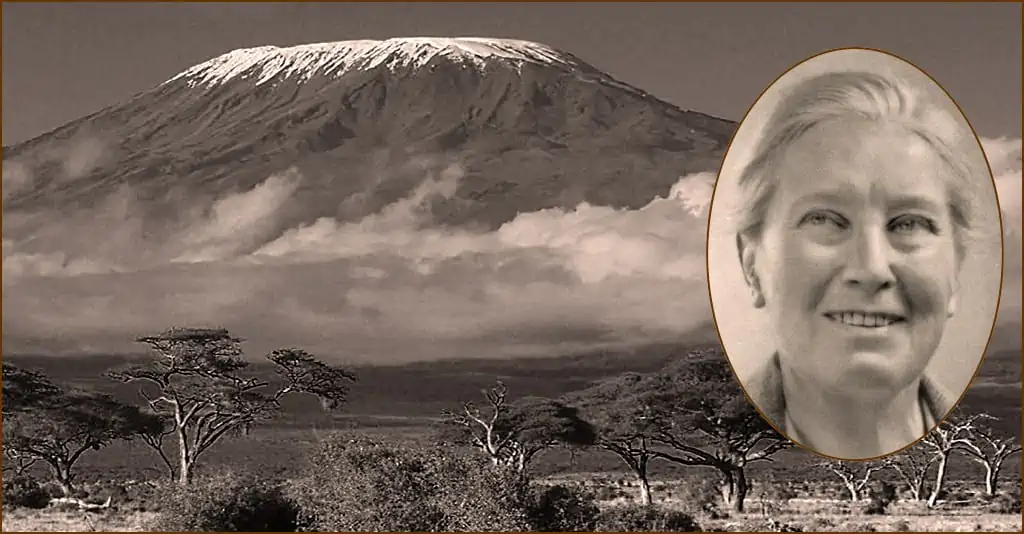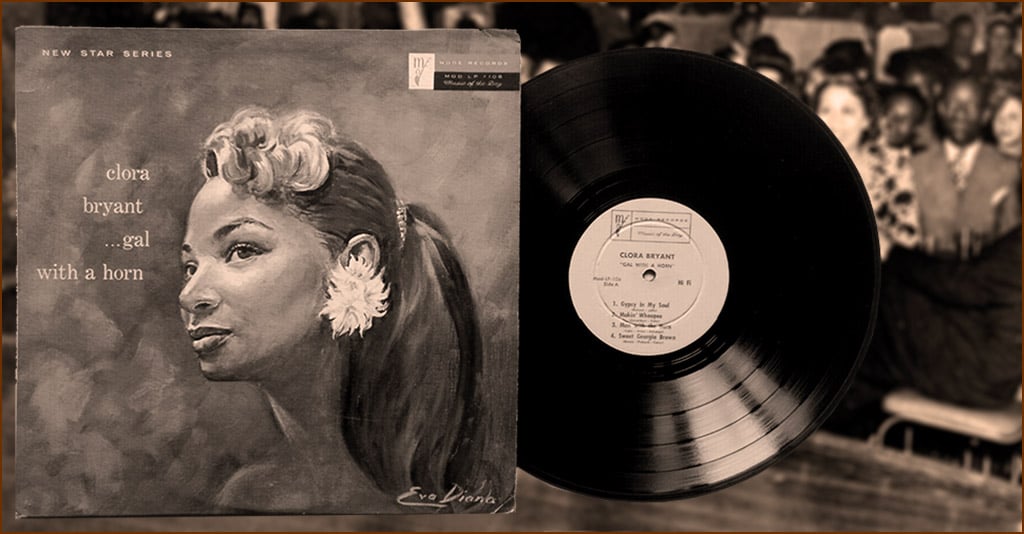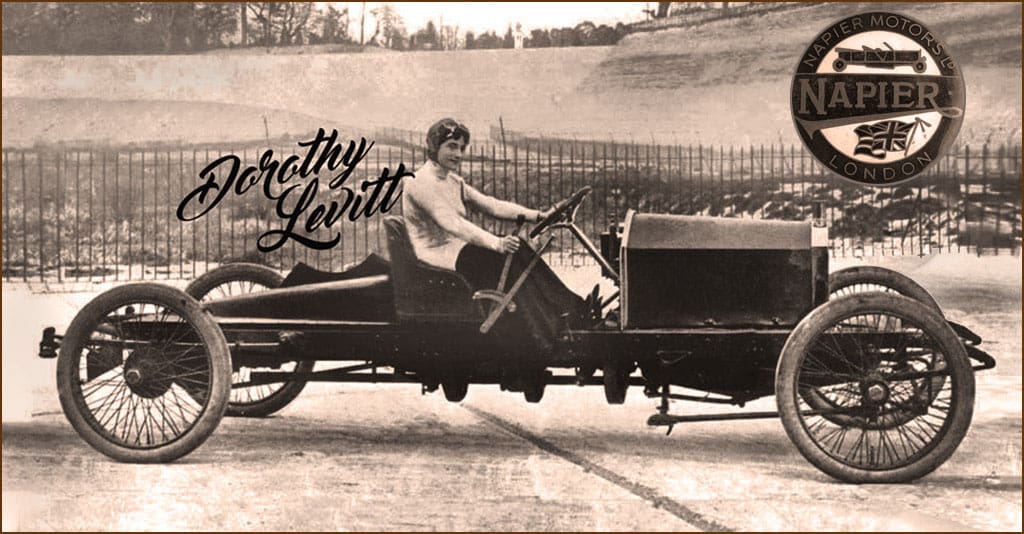
If you saw the 1986 movie Top Gun, you’ll remember the tag line: “I feel the need … the need for speed.” But 81 years before Maverick and Goose uttered those words, Dorothy Levitt, self-styled “motoriste,” became the first English woman to compete in automobile racing, setting the Ladies World Land speed record and earning the nickname The Fastest Girl on Earth, driving an 80-horsepower Napier at the lightning speed of 79.75 miles an hour.
Continue reading “The 1905 Fastest Girl on Earth: Dorothy Levitt”
